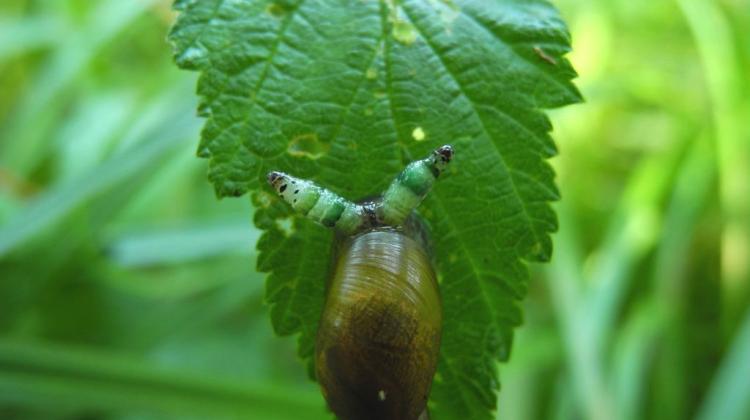Growing interest in snail farming
 pstaszak - Fotolia pstaszak - Fotolia /
pstaszak - Fotolia pstaszak - Fotolia /
There is growing interest in snail farming. The Institute of Animal Production in Balice receives an average of 150-200 questions concerning the breeding conditions of these molluscs. Experts point out, however, that this form of business requires knowledge and adequate investment.
According to Prof. Maciej Ligaszewski from the Institute of Animal Production in Balice, facilities needed for the production of snails include halls with air-conditioned, well-lit rooms, with access to fresh water supplies. The halls should have room for hibernating of breeders and breeding, hatchery, a room for growing snails, and high tunnels for older specimens. Also necessary is a field sown with plants, where special feeding racks made of boards have to be placed. The whole facility must be protected against rodents.
The representative of Helixia farm in the Opole region (one of the largest and most advanced snail farms in Poland) Robert Nabrdalik reminded that the most important thing is expert knowledge. "One mistake, for example, excessive cooling of young snails, can be very costly. The production cycle lasts one year and there is no space for corrections and catching up" - he added.
According to Krzysztof Żychliński of the Agricultural Cooperative in Łubnica (Wielkopolska), which for 20 years has been active in the field of buying and processing snails and reproduction, farming and processing of African and the Mediterranean snail (plant capacity is 150 tons per year) in order to gain experience in snail farming it is best to start with a production of small quantities. "That\'s why we advice new producers to start with 100 000 small snails. That\'s a good amount to gain skills and to verify theoretical knowledge in practice" - said Żychlinski.
Ligaszewski noted that the only breeding species of edible snails useful for profitable production in Poland is the grey field slug. Rearing takes place between May and September-October. In autumn, at the age of 6-7 months, slugs reach trade maturity.
Nabrdalik assured that snail farming could be profitable. He calculated that producing 1 kg of snail should cost no more than 3 zł 80 gr. The amount consists of the cost of feed, labour, facilities and breeders. "During the three years of our activity, purchase prices have ranged from 7 zł 50 gr to 12 zł per kilo" - he said.
Manufacturers and experts emphasize, however, that it is important to find buyers that even before the start of production. RKS Łubnica exports its snails to France (90 percent production), Spain, Germany, Italy and Greece; Helixia recently started exporting to the Czech Republic, Italy and the East. "Ultimately, the consumer in France is at the end of the food chain" - added Nabrdalik.
Institute of Animal Production in Balice estimates that the volume of snail production in Poland may be about 1000 tons. The Central Statistical Office only has information about authorized "reduction" (collection) of the Burgundy snail, which is a species under partial protection in Poland. According to the Central Statistical Office, in 2011the General Director of Environmental Protection has approved the collection of 126 tons of the Burgundy snail in Poland, and regional directors for environmental protection - 1653 tonnes. According to Krzysztof Żychliński, there are no Burgundy snail production farms.
The Central Statistical Office data on imports and exports of snails mention almost 400 kg of snails brought to Poland and more than 6 thousand kg exported (live, frozen or smoked). "Snail production is still marginal, and therefore not covered by detailed statistics" - the President of the Central Statistical Office spokesman Arthur Satora explained the absence of data.
PAP - Science and Scholarship in Poland
kat/ je/ jbr/ mrt/
tr. RL
Przed dodaniem komentarza prosimy o zapoznanie z Regulaminem forum serwisu Nauka w Polsce.
















